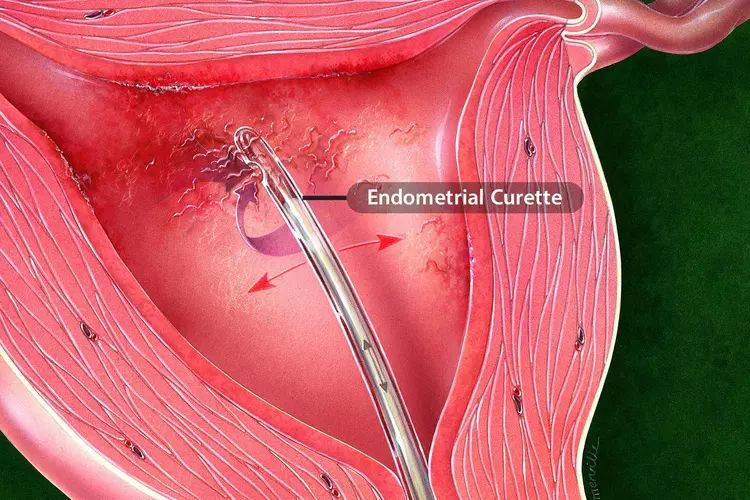Having a Pipelle Endometrial Biopsy
What is a Pipelle?
A Pipelle is a small, thin, flexible tube used to take a sample of the lining of the uterus (the endometrium). It is used for a procedure called an endometrial biopsy, which is performed to investigate:
- Heavy or irregular periods
- Bleeding after menopause
- Thickened endometrium seen on ultrasound
The tissue sample is sent to the laboratory and looked at under a microscope. This can show whether there are hormonal changes, polyps, thickening of the lining, pre-cancerous changes, or cancer.
Note that Pipelle is a brand name (Pipelle de Cornier). Other types of endometrial curette used include Accurette and FlexFirm. The procedure is often referred to as “a Pipelle” in New Zealand.

Why might I need one?
An endometrial biopsy can be used to diagnose menstrual disorders without surgery or imaging:
- Unexplained heavy, prolonged, or irregular bleeding
- Bleeding after menopause
- An abnormal ultrasound scan showing a thickened lining
- Ongoing fertility problems
- Follow-up after treatment for endometrial hyperplasia or cancer
This test gives important information to guide your care.
What happens during the procedure?
- You will be asked to lie on an examination couch with your feet supported on rests, similar to when you have a cervical smear.
- A speculum (the same instrument used for a smear test) is placed in the vagina so the cervix (neck of the womb) can be seen.
- Local anaesthetic is applied to the cervix and inside the uterus.
- The Pipelle tube is gently passed through the cervix into the uterus.
- Gentle suction is created with the Pipelle to collect a small sample of the endometrium.
- The procedure usually takes only a few minutes.

How will it feel?
Most people describe the procedure as uncomfortable and sometimes painful - but brief. You may feel:
- Period-like cramping when the Pipelle is inside the uterus
- A pulling or scratching sensation for a few seconds
- Some light spotting afterwards
Taking paracetamol and/or ibuprofen about an hour before your appointment may help reduce discomfort.
Risks and side effects
An endometrial biopsy is a very safe test. Complications are rare, but may include:
- Cramping or pain during or after the procedure (usually mild and short-lived)
- Light bleeding or spotting for a few days
- Infection (uncommon – see below for warning signs)
- Very rarely, the Pipelle may not pass through the cervix, or it may cause a small injury to the uterus wall (perforation). This is extremely rare and usually heals without further treatment.
After the procedure
- You can go home shortly afterwards and continue your normal activities.
- You may have light bleeding or spotting for a few days. Use pads rather than tampons until it stops.
- Mild cramps may continue for a few hours; simple pain relief is usually enough.
When should I seek help?
Call the clinic if you experience:
- Heavy bleeding (soaking pads every hour)
- Severe or worsening abdominal pain
- Fever or chills
- Abnormal vaginal discharge
These may be signs of infection or another complication, which are uncommon.
Getting your results
The tissue sample is sent to the laboratory, and results are usually available within 1–2 weeks. We will make a plan to contact you to explain what the results mean and discuss any further tests or treatment if needed.
Alternatives
Other ways to assess the lining of the uterus include:
- Ultrasound scan (non-invasive, but does not give tissue for diagnosis)
- Hysteroscopy (a small telescope passed into the uterus, sometimes combined with a biopsy)
- Dilation and curettage (D&C) under anaesthetic
Key points to remember
- A Pipelle biopsy is a quick and safe way to check the lining of your uterus.
- It usually causes only brief discomfort, with minimal recovery time.
- It helps diagnose causes of abnormal bleeding or fertility problems, and checks for pre-cancer or cancer.
- Most people can go straight back to their usual activities afterwards.

Dr Sam Holford
Need an endometrial biopsy in Auckland?
I perform this quick procedure with a focus on your comfort, providing an expert diagnosis for your peace of mind. Learn more.
Book an appointmentFAQs
Trusted resources
Please note: This information is general in nature and not a substitute for medical advice tailored to your specific situation.
